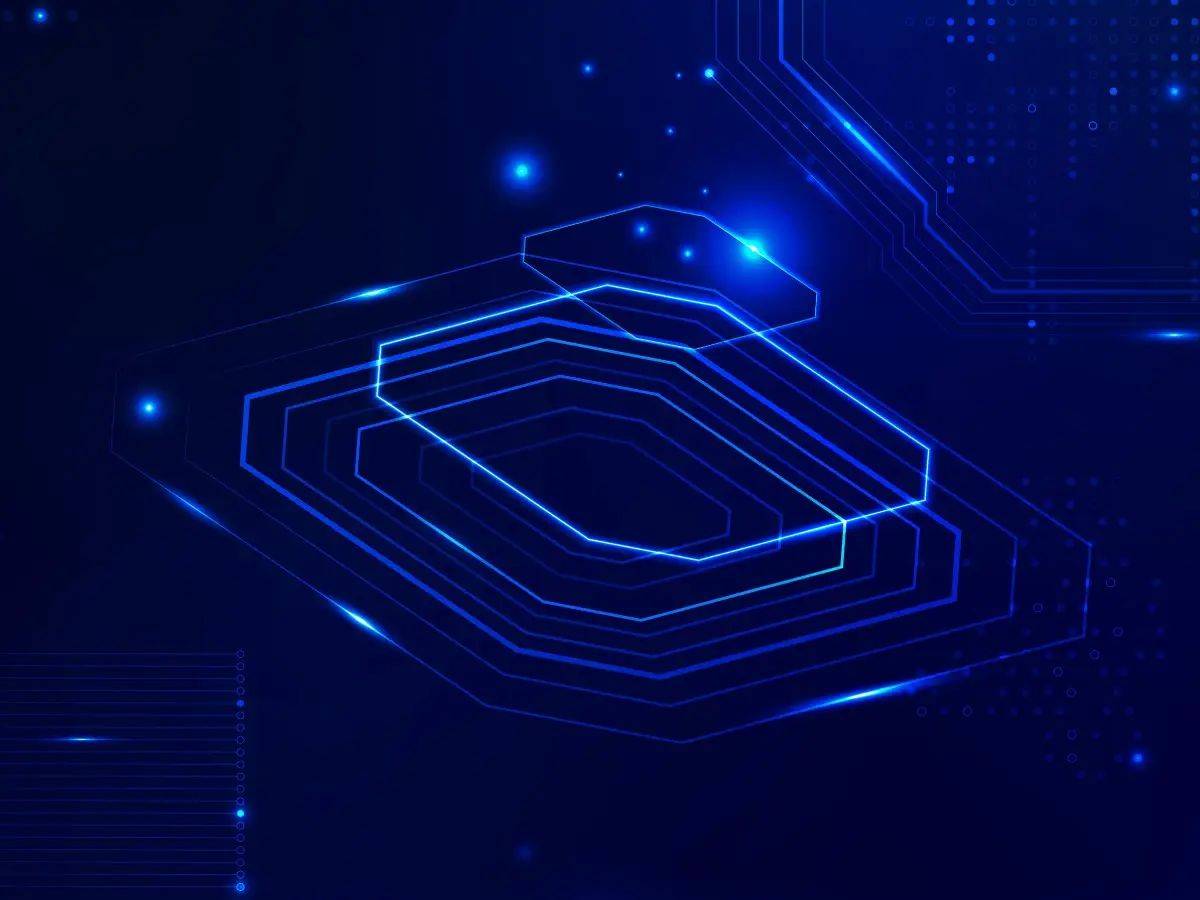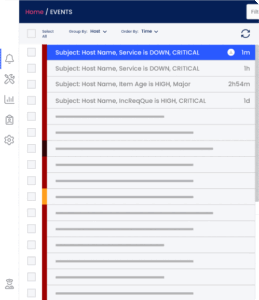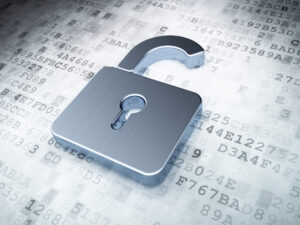By now, it’s no secret that the internet of things (IoT) is changing the landscape of technology and business. While the concept is still in its early days, the applications of IoT are already beginning to take shape as industries embrace the trend. With all the hype, it’s important to understand the various ramifications that such a technological shift will have on the consumer, enterprises, and urban communities.
While the infrastructure for IoT is in the initial phases of a massive build out- similar to building the internet or a new highway- it can already be divided into three primary markets to get a better sense of its application and potential challenges.
The Primary Markets
Each market requires a unique approach to adapting the internet of things to maximize its potential and pave the road to personalized data and optimal benefits.
Individual / Consumer
Slowly, consumers are increasing the connectivity of their homes to become more intelligent. The internet of things is already enabling consumers to control their air conditioners, with devices like Sensibo, which enables users to control their temperature via their mobile phone.
It’s only a matter of time before the entire house will be managed by an app on a cell phone or via alternative mobile devices.
For the individual, the app will provide alerts and real-time personalized information, which eases the consumers’ decision-making process since it’s customized to their behaviors. For the sake of example, imagine for a moment, the potential of an enhanced shopping experience if the consumer was receiving real-time information about what groceries they needed as they shop in a grocery store. While startups, like Instacart, offer on-demand grocery shopping, they do not offer real-time updating of customer needs based on the produce that is in the home.
Collecting and storing personalized data in the cloud enables companies to aggregate and retrieve data and use it to customize future advertising based on this personalized data. For the consumer, receiving clear visuals about previous usage and behaviors, enables them to manage and reach critical decisions based on this data. The app will also trigger alerts and provide solutions to maintain an optimal user experience at all times.
As we see it, in the beginning, there will be companies who will create applications to improve consumer home experiences. Each company will develop applications dedicated to various domains. Over time, more broad, all-inclusive applications will be created. In fact, this mesh of data is already been created by Nest and Samsung who have designed, Thread, a new internet standard that will enable enhanced communication among devices.
The greatest challenge is for all of the devices to speak ‘the same language’ and to transmit this information to one central server. Regardless of when it occurs, the deep level of knowledge a company might have could also translate into influence — whether it’s as simple as encouraging a consumer to exercise or using the information to influence your insurance rates.
The revenue model for businesses will be based on ads, similar to most mobile apps today.
Enterprise & Manufacturing
Similar to consumers, enterprises are already beginning to benefit from the IoT. For these businesses, the primary application will be to collect information on product usage and services. The streamlined process of data aggregation will improve customer support in the form of pre-alerts that can be sent to users as a means to avoid potential problems.
For enterprises and manufacturers who are embracing the internet of things, the new era of manufacturing can significantly reduce operating costs, while increasing the seamless integration between the factory and the supply chain and distribution networks. For customer-facing companies, the real-time information will enable them to continue and deepen the customer relationships far beyond the point of sale and even create profitable new revenue streams.
Central to the precision manufacturing transformation is the Internet of Things, which brings two revolutionary changes, real-time information about what is happening on the assembly line and the ability to share this information with anyone inside or outside of the enterprise, who could then improve the operating efficiency based on the real-time data.
This profound transformation allows companies to improve and enhance current operations, but more importantly, to disrupt previous conditions by bringing unprecedented precision and waste reduction to manufacturing.
Being able to keep track of any and all data produced by connected devices and using that to automate the menial tasks that take up time in the workplace could do wonders for businesses and efficiency overall.
On the service provider side, the big data will be stored in a platform, similar to a manufacturer, who will leverage these metrics and analytics to improve products and customer relations. A primary example of how manufacturers are literally driving the internet of things is in the automobile industry. In a recent article, Paul Dider describes how the cars of today, or intelligent cars, are revolutionizing driving both manufacturers’ ability to improve the car and enhance the users driving experience.
Urban / Community
On the most macro scale, is the application of the Internet of things to improve cities and urban communities. Urban spaces are man-made microcosms where numerous entities interact with each other to offer citizens an array of services including, infrastructure, utilities, transportation, security and safety, health care, and education. Merging these complex systems creates a unique blending of dynamic needs, materials, and digital information. As the urban population continues to grow, cities are beginning to embrace these technologies and the internet of things Cities, like New Orleans, have already implemented a better emergency response system using technology solutions designed by Microsoft and Motorola. The solution connects otherwise disconnected emergency applications (medical, police, and fire departments) into a seamless blend that improves the response time and decision-making of all involved.
In other cities, applications and the Internet of Things (IoT) technologies are improving city life by changing the tedious task of finding a parking space. Startups like ParkMe are using GPS satellites and offering real-time information about locating a parking spot. While several urban centers have begun to deploy a range of IoT systems, attempting to understand such a complex system, like a city, will take time.
Regardless of which sphere, IoT technology represents a broad range of value-added services that will likely generate revenue. A critical factor to the success of this revolutionary technology is the pre-existing ecosystem, that will be leveraged to better suit the needs of its consumers. Companies, enterprises, and urban centers should begin to strategize on how to integrate IoT into their eco-system. Accumulating the knowledge, sharing value over each IoT ecosystem, and getting it delivered — and capturing data — for as many customers as possible, will enable businesses to succeed.
As the internet of things progressively becomes more integrated into the core business, consumer and urban needs, the high usage will directly translate into higher demand for data storage and retrieval From the perspective of developers and support networks, monitoring this traffic and closely reviewing the alerts will become a fundamental imperative to the success of any cloud-based application.
Written by Avi the CEO of MoovingON, providing various services that ensure cloud/SaaS base application uptime management, providing NOC as a Service, building monitoring solution and on-going cloud (public or private) maintenance.


